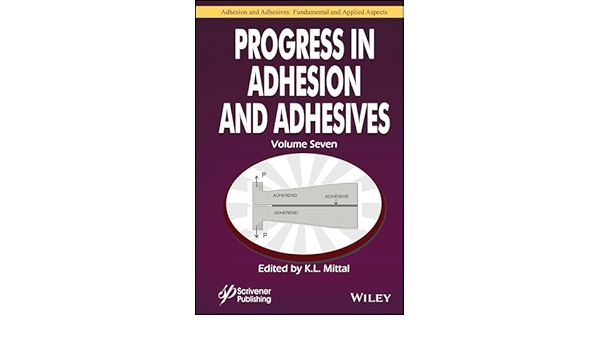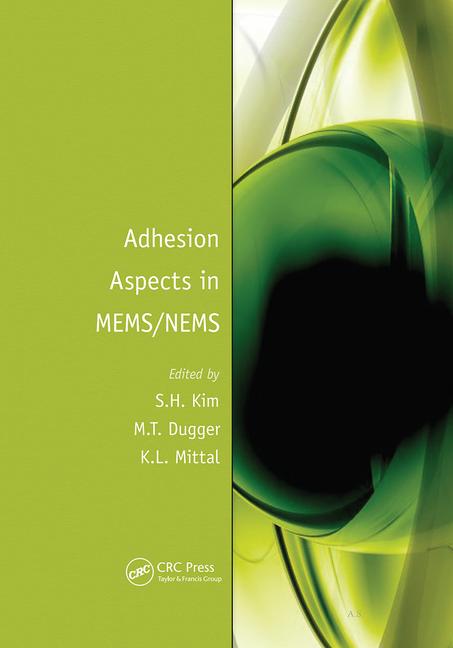Ask Dr. Dave
What technologies are involved in making adhesives that fluoresce under ultraviolet (UV) light?

Question: What are the technologies involved and the reasons behind making adhesives that fluoresce under ultraviolet (UV) light?
Answer: Fluorescence inspection is normally used to detect whether an adhesive has been applied to a part on a production line. Two types of chemicals are used. Fluorescent dyes, by definition, are colored and will give color to the adhesive. They emit light of a different wavelength when illuminated under UV light.
However, the most common chemicals for this application are the so-called optical brighteners, which are colorless in visible light. Their name comes from their use to brighten fabrics or paper. They emit some blue light under UV, which counters yellow in the fabric or paper and makes it look bright white. Optical brighteners absorb long wavelength UV at 365-375 nm (“black light”) and emit it as 400-450 nm visible light in the blue range.
Several different chemistries all behave similarly and are chosen based on their solubility and compatibility with the particular adhesive. Some are quite expensive but, fortunately, they are used at very low levels, typically 0.01-0.2% by weight.
UV-curing adhesives need to be formulated carefully because the optical brighteners absorb in the same range as common photoinitiators. This limits the amount of optical brightener that can be used without interfering with the curing. This issue can be overcome by using initiators that absorb in the near-UV or visible range. Fluorescent detectors are often used to perform a present or not present inspection on a production line. This can occur before or after cure of the adhesive. ASI
Looking for a reprint of this article?
From high-res PDFs to custom plaques, order your copy today!








